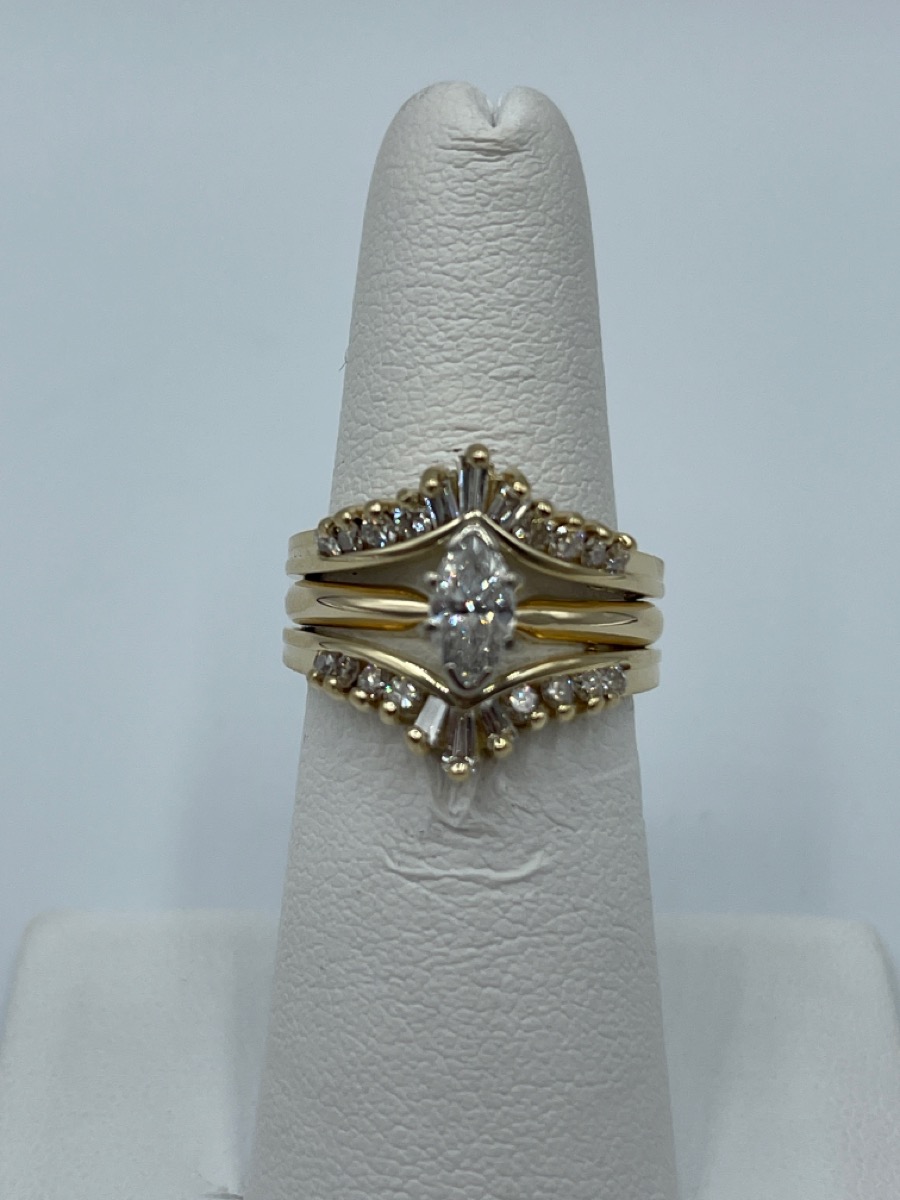

More importantly, high-performance VUV photodetectors are essential to high-resolution semiconductor lithography (such as 193 nm and 157 nm excimer lithography, 13.5 nm extreme ultraviolet (EUV) lithography), synchrotron and free-electron lasers (FEL) beam monitors.

Īs the most direct tool for studying the interaction between light and atoms, molecules and condensed matter, VUV light is involved in many fields of basic science such as spectroscopy and photochemistry, which has become an important driving force for the development of various VUV photodetectors. In the maximum solar spectrum of 2003 (solar storms struck the earth and induced powerful magnetic storms) and the minimum solar spectrum of 2008, a significant difference can be observed in the VUV region, which indicates that VUV light detection is probably the most effective way to monitor space weather and track star evolution. For example, in the famous Carrington Event in 1859, the solar storm destroyed the first primitive power system, leading to severe fire accident in a large number of telegraph systems and getting them burnt down. It is well-known that the sun tends to cause aurora, magnetic storms and ionospheric disturbance on the earth in a period of intense activity, which will affect human life and even bring serious attacks on the earth.


 0 kommentar(er)
0 kommentar(er)
